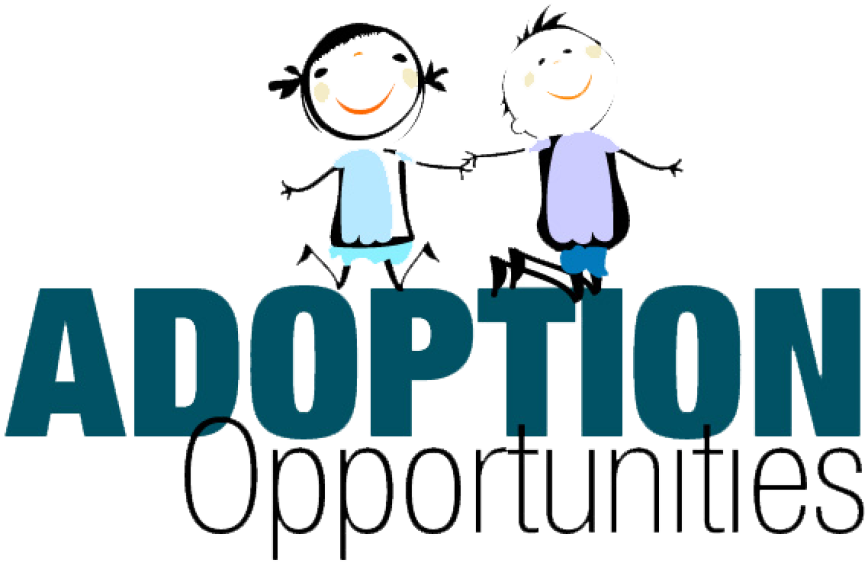Update June 2017 – This program is currently on hold.
Legal Framework: Each year thousands of U.S. citizens adopt children from abroad and many families in other countries adopt U.S. children. This situation called “an international adoption” happens when an individual or a couple becomes the legal permanent parent(s) of a child who is a national of another country. Whether it is domestic or international adoption, both consists of the legal transfer of parental rights and responsibilities from a child’s biological parents (or other guardian) to a new parent(s). However, the international adoption differs because of the laws that make it possible to bring the child to live where the adopters resides. Indeed the transnational adoption process is governed by both the laws of the country in which the child resides (which in the case of the Unites States means both Federal and State law) and the laws of the prospective parents’ place of residence. Under U.S. law, there are two distinct inter-country adoption processes: the Hague Adoption Convention process (of 29 May 1993, on the Protection of Children and Cooperation in Respect of Inter-Country Adoption, entered into force in the U.S. on 1 April 2008) and the non-Hague Convention process. Which process you will follow will depend on whether or not the other country involved is also a party to the Hague Convention (NB: 90 parties to the Convention).
Who is eligible to adopt: Eligibility criteria vary with each State. Detailed information on the persons, institutions and authorities (whose consent is required for adoption) are defined by State law: age of adopters, marital status, etc. So are allowed by State: married couples (primarily chosen), singles or individuals engaged in a committed relationship, couples of same sex (in some States only, especially in New York and California), people with disabilities – all with or without previous children. A good practice of English is required: this criterion takes great importance for judges and social workers. Adoptive parent(s) can have no history of criminal arrests, domestic violence, child abuse or neglect, substance abuse, or mental illness. Moreover, the U.S. Citizenship and Immigration Services (USCIS) must determine if they are able to provide a loving, stable home for that child through a Home Study. Usually prepared by social work organization, a Home Study will detail personal, financial, and medical information (i.e. personal references, fingerprint clearances, verification of employment, proof of health and life insurance, and sometimes photos of home and family).
 Agencies Process and Eligible Children: To be adoptable, a child must be considered as eligible for placement by a licensed American organization, which can be a local public authority; an agency or accredited person, temporarily accredited or recognized; or a supervised provider. The first step in the adoption process is indeed the choice of the agency. There are four types in the United States:
Agencies Process and Eligible Children: To be adoptable, a child must be considered as eligible for placement by a licensed American organization, which can be a local public authority; an agency or accredited person, temporarily accredited or recognized; or a supervised provider. The first step in the adoption process is indeed the choice of the agency. There are four types in the United States:
– The public agencies or private agencies in contract with the State or county open adoption to children from foster care, in custody of their State or county’s Department of Child and Family Services.
– The licensed private agencies work directly with the biological parents – usually the mother – who give(s) up their/her parental rights in favor of the agency which will then hand over the child to the adoptive parents. Each agency may have its own criteria for the choice of parents (e.g. a practice of a certain religion).
– Independent adoption corresponds to the case when the prospective parents, with the help of a lawyer, get in touch directly with a pregnant women wishing to renounce to her parental rights. Some States do not allow this type of adoption.
– The Facilitators or Unlicensed Agencies are individuals acting on their own, with no clear legal status, and attempt to match waiting children with prospective parents. With this form of adoption, there is usually no form of recourse if problems arise.
The approved U.S. agency must take all appropriate measures to ensure that the consent for international adoption has been obtained in accordance with the following principles: consent of the mother after the birth of the child; consent expressed freely, in writing, without any compensation in return; child information; information as to whether the adoption will end or not the legal relationship between the child and his/her biological parents.
Procedure: The procedure may vary whether the adoptive parents’ country is part of the Hague Convention or not. Nationals of a country party to the Hague Convention should follow the American adoption process and then obtain recognition of that adoption in their country. It usually takes about a year from the time of first contact with an agency to the time when a child is placed with the adopters. After the constitution of the adoption file with required documents in the adoptive parents’ country of residence, this latter is transmitted through the authorized American adoption authority to obtain its validation by the selected agency and the American social services. If it is accepted, then the matching proposal process starts. Once the agency has found a suitable child for the adopters, then they are invited for a 4 week conviviality stay in the United States. The social adoption workers also encourage newly-mothers waiting for their baby’s adoption to carefully consider the act they are about to do. Therefore, the birth mother has some time left to change her mind, which varies from State to State (usually maximum a month). This estimate can vary depending on the agency and the adoptive parents’ country of residence. The court initially grants custody of the child allowed to travel to the host country for this “transition phase” lasting 6 to 12 months. During this period, the authorized adoption organization of the prospective parents’ country of residence is required to regularly transmit adjustment reports to the American adoption agency. Then the adopters must return to the United States for the pronouncement of the final judgment of adoption. The transcript of this decision must, in order to ensure publicity and guarantee the child’s new nationality, be asked for to the Prosecutor of the relevant court of hosting country. Note that the child will maintain his/her American nationality, so he would have double nationality.
Type of Adoption: The most widely practiced form of adoption in the United States is the Open adoption, where birth and prospective parents meet another one, share full identifying information, and have direct access to ongoing contact with the child over the years, but there is no legal obligation to do so. This form of adoption serves the best interest of biological parents, adoptive parents, and children. However, children from foster care, handled by public agencies, are eligible for Closed adoption, which usually breaks the legal relationship between the child and the birth parents. Nevertheless, maintaining links with the American host family may be asked by the social workers and the judge. This is an inherent element of American culture.
Inter-country Adoption Costs and Risks: Public and licensed private agencies are required to meet State standards and have more oversight to ensure quality services. Unlicensed agencies and facilitators often do not have the same State oversight; consequently there may be more financial, emotional, and legal risk for expectant parents and birth families using unlicensed services. Moreover, the costs easily vary. Public agencies, related to foster care, charge fees that may range from $0 to $2,500, while using licensed private agency, independent adoptions, or facilitated/unlicensed agencies can cost from $5,000 to $40,000+. These fees generally include dossier and immigration processing, and court costs. There can be additional costs, such as parents’ travel and in-country stay(s) to process the adoption abroad, or required donation to the orphanage or agency.
